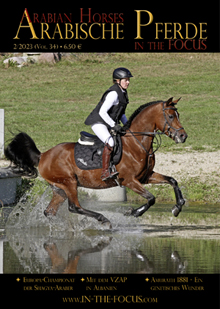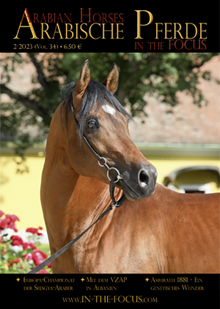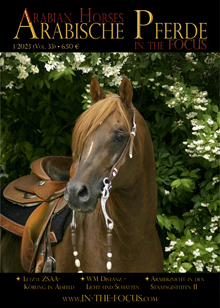Since I am sincerely interested in the cultural and biological origin of the Arabian horse, I must not miss the opportunity to visit the Tahawi Bedouins in Egypt when the opportunity arose. And so I went with Yasser Ghanim Al-Tahawi to Al-Sharqiyah, a province in the East of Egypt, to meet his family, who lives here and breeds horses since the beginning of the 19th century.

The History of the Tahawi
It was around 1000 years ago, when two big tribes, the Banu Sulaym and the Banu Hilal, left the heart of the Arabian peninsula and migrated to Egypt. But the Caliph of Egypt was worried, they would take over the country – as Bedouins at the time were known to make trouble. So, he send them on to Tunisia, to set down a rebellion by the Berber tribes. The Banu Sulaym took Libya and Tunisia, while the Banu Hilal took Algeria and Morocco. About 300 years ago, part of the Banu Sulaym came back, now they called themselves Al Hanadi, and settled in the West of Egypt. During the reign of Muhammad Ali Pasha (1769 – 1849) they protected him from the Mameluks and fought by his side against Napoleon in 1797. At the beginning of the 19th century, the Tahawi, a sub-tribe of the Hanadi, helped Muhammad Ali in his war against the Saudis in Arabia, then later against the Turkish Sultan in Syria and Turkey. They were generously rewarded for their military service and given land on which they settled in the 1830s, not far from the city of Ismailia. Here, the Tahawis have lived ever since, but have given up their nomadic lifestyle and became landlords.
Until the 1940s, the Tahawis maintained close bonds to the big horse-breeding tribes in Syria and the Arabian Peninsula and their horses originally were based on desert-bred Arabians imported from the tribes of the Sba’ah, Ruwalah, Fad’aan, Hassinah and Shammar between the 1880s and the 1940s. Among the strains of which the Tahawis bought horses in Syria and which constitute the foundation for their studs were: Kuhailah Ajouz, Kuhailah Tamriyah, Kuhailah Nawwaqiyah, Kuhailah Khallawiyah, Kuhailah Ras El-Faddawi, Kuhailah Je’aithiniyah, Kuhailah Wadnah, Kuhailah Kharass, Kuhailah Krush, Kuhailah Haifi, Saqlawi Jedrani, Saqlawi Sheifi, Saqlawi Nejmet El-Sobh, Saqlawi Weberi, Meanaqui Sbeli, Meanaqui Hadragi, Hamdani Semri, Shuwaiman Sabbah, Obeyan Abu Geriss, Obeyan Sharrak, Dahman Amir, Dahman Aziz and Dahman Shahwan.
By the end of the 19th century, the Tahawi horses had become so famous that their Sheikhs even delivered the offspring to the Royal Stables in Cairo. Until far into the 20th century, the Tahawi Bedouins were the biggest breeders of Arabian horses in Egypt. According to Judith Forbis, they owned around 3000 horses in the 1940s, who were considered the best of their time and also had respectable racing records.
Visiting the Tahawi Bedouins
Coming out of Cairo, we followed the road to Ismailia for three hours and it was interesting to note the changing landscape. When we were still on the highway, we came through desert-like areas where fruit and palm tree plantations were predominant, while the closer we came to the villages, the black soil took over, and green lush fields replaced the desert. The Nile Delta has been very fertile for centuries, but since the Aswan Dam prevents the area from floods, which served as fertilizers, farmers had to change their cultivation methods and today use a system of irrigation canals.
-------------------------------------------------------------------------------------------------





















